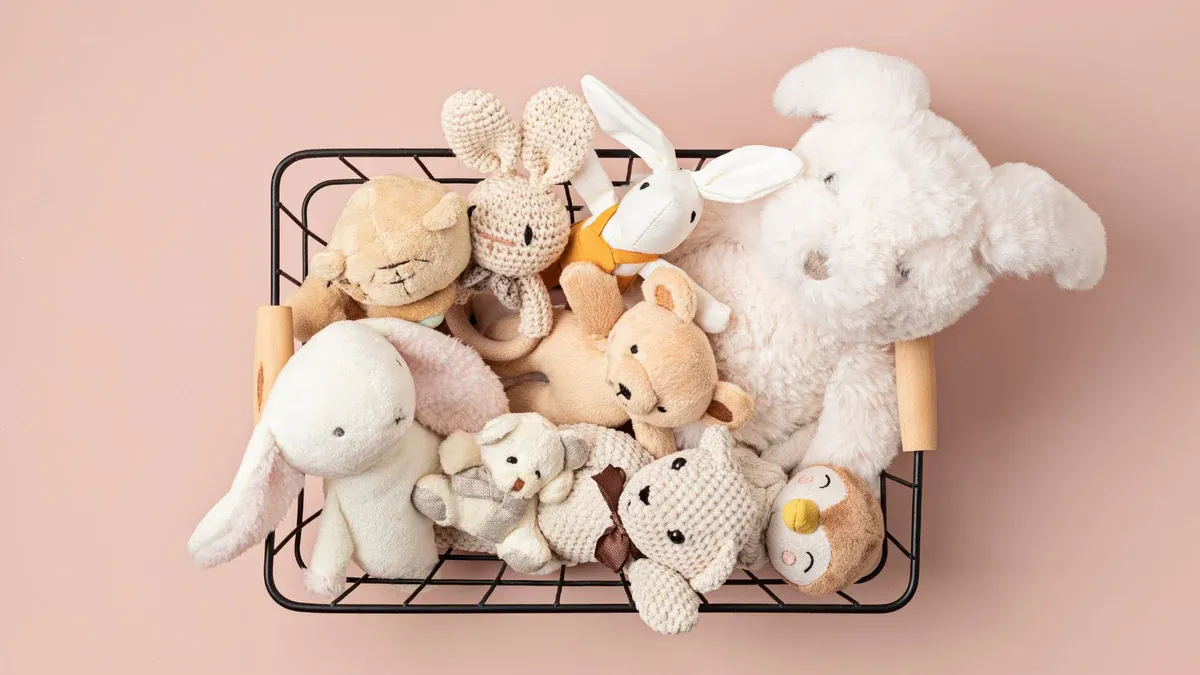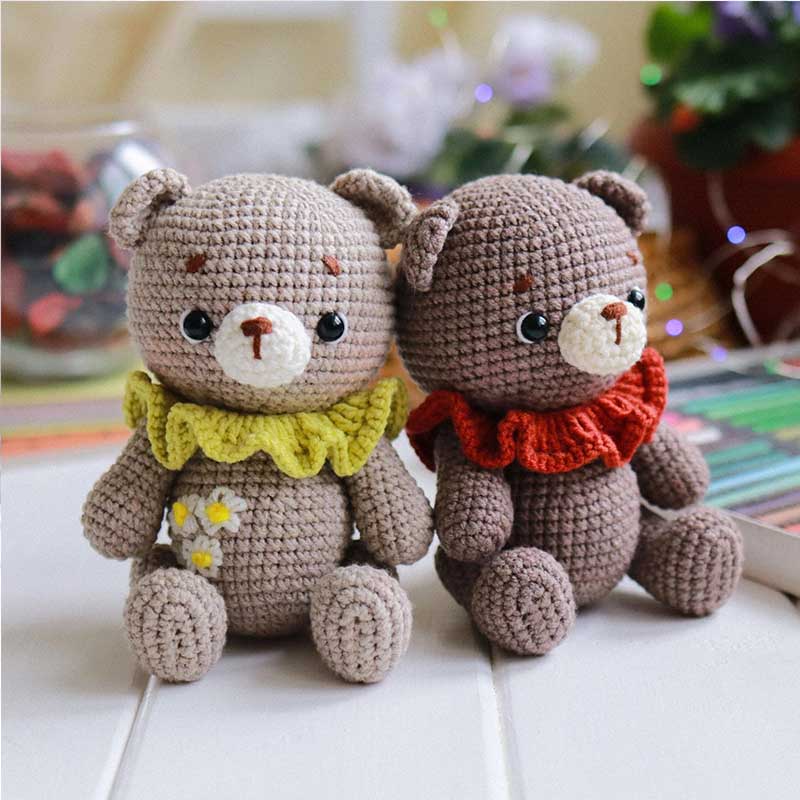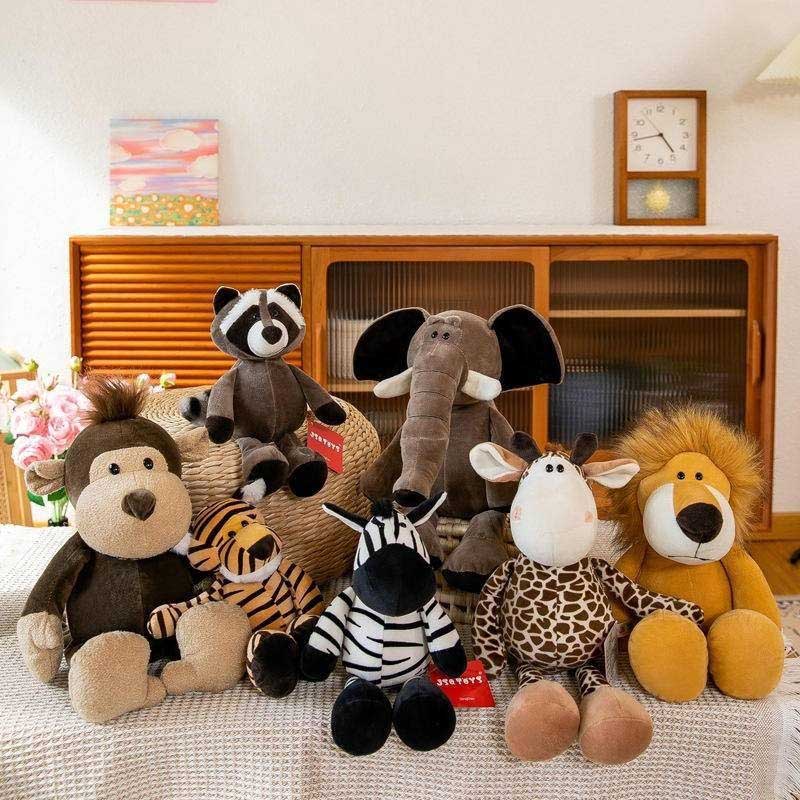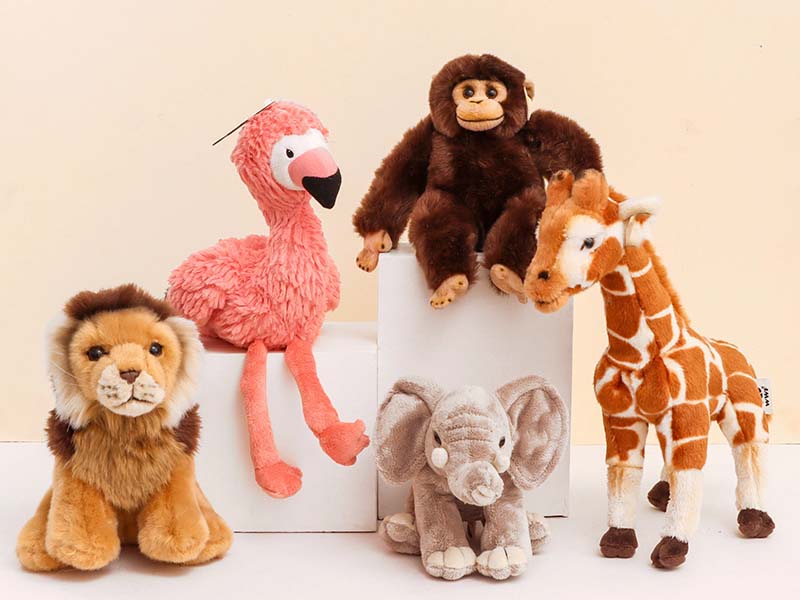Crocheted toys and knitted toys share similar origins in yarn crafting, yet their differences in durability, design, and safety make crocheted toys a stronger choice for many buyers.
Crocheted toys are often considered better than knitted toys because their stitch structure creates a denser, more durable fabric that holds stuffing securely. This makes crocheted toys safer, longer-lasting, and more adaptable to creative shapes compared to knitted versions. Retailers and brands often favor crocheted designs when seeking handmade toys with both charm and resilience.
These distinctions matter when buyers evaluate sourcing options for children’s products or lifestyle gifts.
What Are the Key Differences Between Crocheted and Knitted Toys?

The main difference lies in how the stitches are made and how the finished toys behave. Crocheted toys use a hook to create one loop at a time, forming firm and textured stitches. Knitted toys use two needles, producing rows of interlocked loops that are smoother but less rigid.
Crocheted toys differ from knitted toys in stitch method, texture, and stability. Crochet produces dense, textured fabrics ideal for toy shapes, while knitting yields softer, looser results.
For buyers, this distinction affects both appearance and functionality. Crocheted toys typically have sturdier structures, which makes them better for holding stuffing in place. Knitted toys may look sleek but can stretch or deform more easily. Crocheted techniques are also more forgiving for creating three-dimensional curves, making them a preferred option for dolls, animals, and character toys.
| Aspect | Crocheted Toys | Knitted Toys |
|---|---|---|
| Tools | One hook | Two needles |
| Stitch Density | Tight, firm, textured | Loose, smooth, flexible |
| Shape Stability | Holds 3D forms well | May stretch or sag |
| Common Usage | Amigurumi, dolls, animal plushies | Garments, blankets, decorative items |
How Does Stitch Structure Affect the Durability of Crocheted vs. Knitted Toys?

Durability is a key factor when sourcing toys for children or collectors. Crochet stitches interlock tightly, creating small gaps that prevent stuffing from escaping. Knitting produces larger, stretchier loops that can loosen over time.
Crochet stitch structure makes toys more durable because it holds stuffing securely and resists stretching. Knitted toys, while soft, may lose shape faster with repeated use.
For manufacturers, this difference impacts product lifespan. Crocheted toys maintain their firmness even after frequent handling and washing. Knitted toys, though soft to the touch, may unravel more easily if one stitch breaks. Retailers benefit from selling crochet-based products because they carry fewer risks of deformation or consumer complaints. In competitive toy markets, durability is often linked directly to perceived value.
| Factor | Crocheted Toys | Knitted Toys |
|---|---|---|
| Stitch Strength | High—loops lock securely | Moderate—loops may loosen |
| Wear Resistance | Excellent for frequent handling | Lower with heavy use |
| Stuffing Retention | Strong—stuffing stays in place | Weaker—stuffing may poke out |
Why Do Crocheted Toys Offer More Flexibility in Shape and Design?

Crochet excels in creating three-dimensional forms. By increasing or decreasing stitches, makers can curve, round, or taper shapes naturally. Knitting, in contrast, is flatter in construction and requires more seaming to achieve the same results.
Crochet provides more flexibility for shaping toys because stitches can be added or removed easily, allowing smooth curves and complex 3D designs.
This flexibility explains why most Amigurumi toys are crocheted rather than knitted. From animals with rounded bodies to dolls with small accessories, crochet allows fine-tuned control without needing multiple pieces sewn together. Brands seeking variety in product design find crochet methods better suited to innovative shapes, especially when appealing to collectors or lifestyle markets.
| Design Feature | Crochet Advantage | Knitting Limitation |
|---|---|---|
| 3D Curves | Easy to achieve with stitch adjustments | Requires seaming flat pieces |
| Small Accessories | Crochet handles detail well | More difficult to execute |
| Pattern Adaptation | Flexible, customizable | Less versatile |
How Do Material and Yarn Choices Influence the Final Look of Each Toy?

Both crochet and knitting use yarn, but the choice of fiber affects texture, softness, and market positioning. Crochet’s tighter stitches showcase yarn texture more prominently, while knitting highlights drape and softness.
Yarn choice influences the look and feel of crochet vs. knitted toys. Cotton yarn enhances crochet definition, while knitting often highlights softness with wool or blends.
Manufacturers working with crochet often choose cotton, acrylic, or blended yarns to achieve durability and consistent shaping. Knitted toys may rely more on soft fibers like wool or alpaca for a smooth finish. For buyers, this impacts how toys are marketed: crochet is often seen as artisanal and durable, knitting as cozy and decorative.
| Yarn Type | Crocheted Toys | Knitted Toys |
|---|---|---|
| Cotton | Defines stitches, durable for children | Can feel stiff in knitted fabric |
| Acrylic | Vibrant, affordable, widely available | Soft but may stretch |
| Wool/Blends | Less common, may look bulky | Smooth, cozy, high-end feel |
Are Crocheted Toys Safer and More Suitable for Children Than Knitted Toys?

Safety is vital in toy manufacturing. Crocheted toys, with their dense fabric, minimize gaps where small parts could protrude. Knitted toys, though soft, may stretch enough for stuffing or buttons to become hazards.
Crocheted toys are generally safer than knitted toys because their tighter stitches prevent stuffing leaks and reduce risks linked to loose attachments.
For infant and toddler markets, crochet is often the preferred method. Safety certifications like CE and ASTM emphasize secure construction, which crochet helps achieve. Parents also perceive crochet as more “solid” and less likely to break apart. For B2B buyers, positioning crochet-based toys as safety-focused can directly improve sales in competitive children’s categories.
| Safety Aspect | Crocheted Toys | Knitted Toys |
|---|---|---|
| Stuffing Security | Strong | Moderate |
| Risk of Loosening | Low | Higher |
| Compliance Ease | Easier to meet safety standards | May require reinforcement |
How Can Retailers and Brands Decide Between Sourcing Crocheted or Knitted Toys?
For businesses, the decision often depends on target markets. Crochet is better suited for children’s toys and collectibles, while knitted toys align with decorative or gift segments.
Retailers should choose crocheted toys for durability and safety in children’s markets, while knitted toys may serve best in lifestyle or decorative niches.
Brands sourcing handmade toys can align their choices with consumer expectations. Crochet is the practical choice for durability and compliance, but knitting retains value for customers who prefer softness and artisanal aesthetics. A balanced product range may include both, depending on buyer demographics.
| Market Segment | Recommended Choice | Reason |
|---|---|---|
| Children’s Toys | Crocheted | Safety and durability |
| Collectibles | Crocheted | Detailed design flexibility |
| Lifestyle/Decor | Knitted | Soft texture, cozy appeal |
Conclusion
Crocheted toys surpass knitted toys in durability, safety, and design flexibility. For brands sourcing toys, crochet offers clear advantages in meeting safety standards and consumer demand.
At Kinwin, we support brands in customizing crochet-style toys for both retail and promotional use. Contact us today to discuss how we can help you create safe, high-quality toys for your market.







